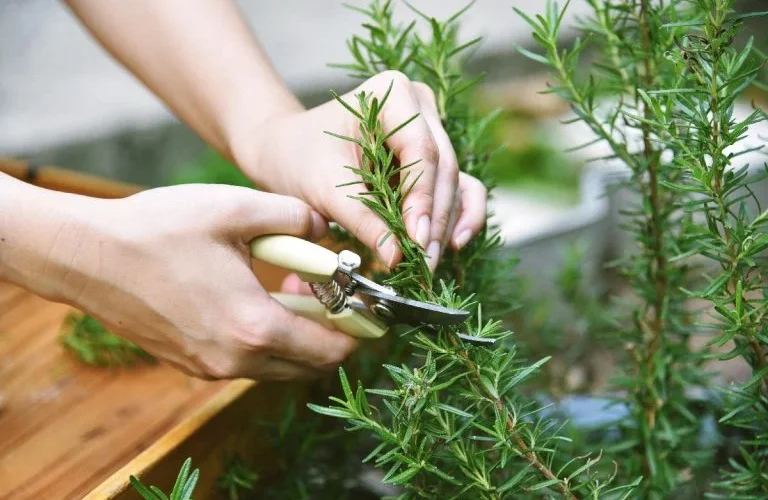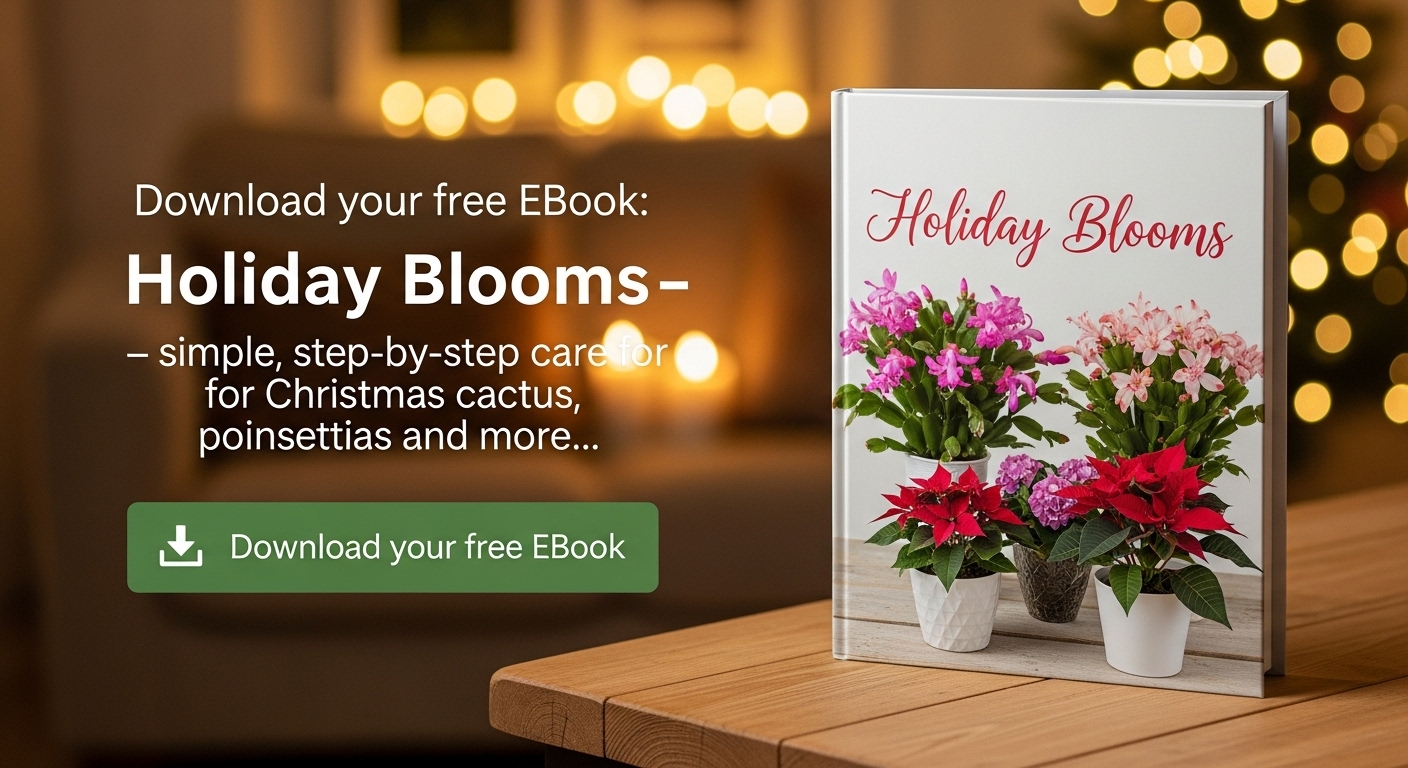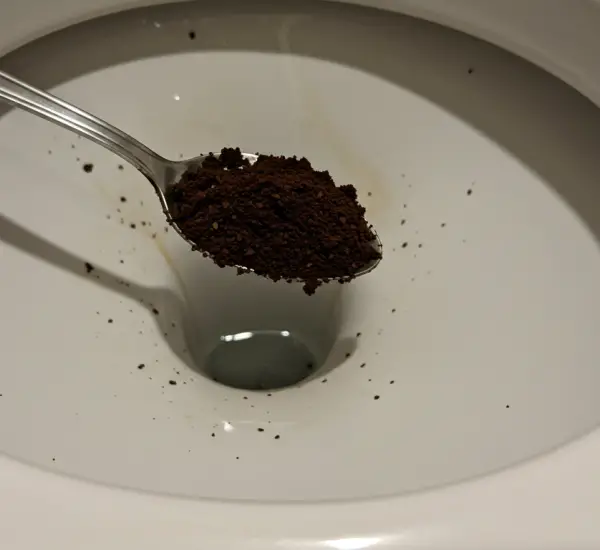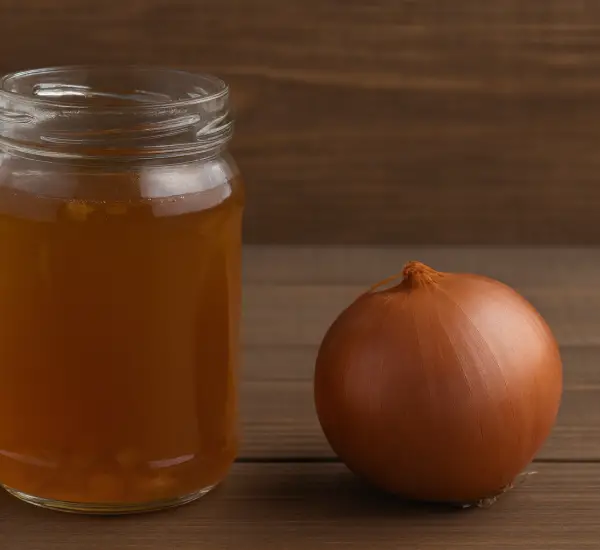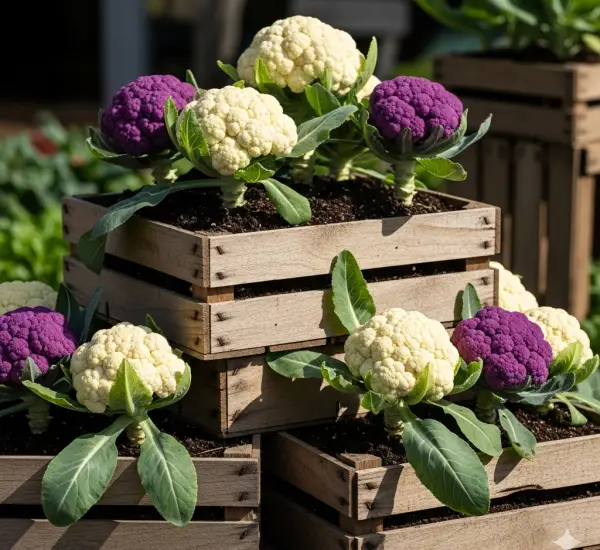Rosemary is one of the most commonly used aromatic herbs in the kitchen, but it also holds significance for health and beauty. If you have countryside soil, you likely find it easy to cultivate this plant as it almost grows spontaneously. For city dwellers, planting it in pots is an option, but maintaining its health can be more challenging.
Rosemary: Never Dry Again. I’ll Share the Gardener’s Trick Rosemary needs direct natural light, but if the sun is intense, the plant shouldn’t remain exposed to the rays for too long, as there’s a risk of the leaves burning.
During hot periods, it’s better to find a semi-sunny spot with long periods of shade. In medium-warm or cold periods, on the other hand, a location with as much sunlight exposure as possible will be suitable.
Temperature Rosemary can adapt to both heat and cold, but the ideal climate is temperate and warm. It’s challenging for it to withstand hail, frost, and sudden temperature drops.
Humidity Originally from the entire Mediterranean region and accustomed to drought, this plant doesn’t require high humidity, and normal watering will suffice.
It can grow well in a pot, but it’s better to plant it directly in the soil, where it has space to be more flourishing.
Watering Rosemary: How Much, When, and How Another essential aspect of rosemary care is irrigation, which should be well-measured. Despite various systems for ground or potted plants, the most suitable for caring for aromatic herbs is the drip system. It allows precise control to ensure the right amount of water, never excessive.
In any case, good drainage is also crucial because if rosemary becomes excessively waterlogged, it may die. When transplanting into a pot, make sure to use a suitable soil mix and place some stones near the holes at the bottom to ensure proper water filtration and prevent roots from drowning.
Dry and Yellow Rosemary Leaves and Flowers: What to Do! It’s advisable to prune rosemary when you notice dry or yellowish leaves and flowers, when it grows minimally, or when certain parts are infested with pests like aphids or scale insects.
Ideally, wait until the end of flowering to do so and cut just below the part that needs to be removed, avoiding eliminating healthy branches.
Happy gardening!
